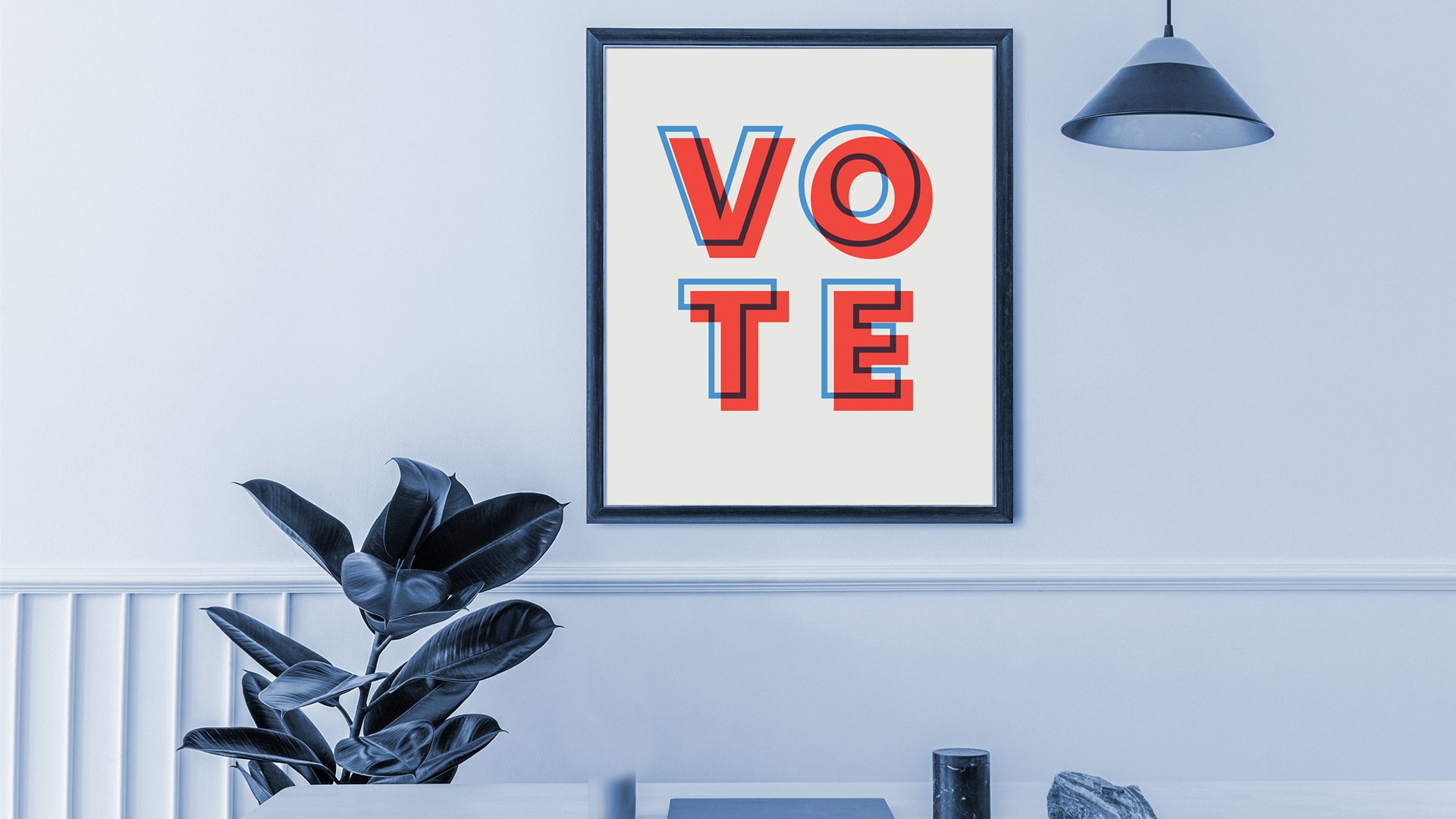An app to simplify pre-vote homework
Vote Notes
Background
Many people don’t enjoy following politics but believe in the privilege of casting a vote. Voters sometimes don’t feel completely knowledgeable about the candidates when it’s time to cast their vote.
Voters can encounter petitions and referendums on the ballot that they had not studied before showing up to vote. Wording on ballots can be hard to understand and confusing.
Many political content sources do not offer balanced perspectives and are not enjoyable to consume.
Voter turnout for lesser elections (voting for offices besides Presidential) is substantially lower.
What problems are we solving?
Watch the Project Elevator Pitch Video
PROCESS
DISCOVER
Define the Problem
Justify the Need
Desk Research
Preliminary Survey
DEFINE
Research Findings
Assumptions
Brainstorm Solutions
Competitive Analysis
DEVELOP
Features
Sketches
Low Fidelity Prototype
Content Planning
DELIVER
Mid Fidelity Prototype
Design System
User Testing
Next Steps
PROBLEM STATEMENT
The current methods for understanding political issues are frustrating and confusing for many people who want to be knowledgeable before casting their ballots. This frustration causes a barrier to voting that limits the political process in the United States.
DESK RESEARCH
Key Learning from Desk Research
20% less turnout for elections other than Presidential
Younger voters (ages 18-24) turnout at the polls 24% less often than voters aged 65-74
Too busy/forgot is a common reason for missing a voting opportunity
PRELIMINARY RESEARCH
Key Takeaways from Survey
Call of Duty Survey participants stated inconvenient/unknown dates/times or not being fully knowledgeable on candidates and issues as reasons for missing a voting opportunity or arriving at polls not completely confident.
It’s No Party 100% of survey participants said they don’t trust the vast majority of political content sources.
Truth Be Told Several survey participants expressed that is it is not enjoyable to follow politics. They are not sure that they can make an impact, and the political system is too complex and subject to corruption.
Bigger Office, Bigger Turnout 100% of survey participants believe in the right to vote but more than 60% don’t vote in all elections: especially the elections for offices other than President.
How might we reduce barriers to casting a vote for people who believe in their right and responsibility to vote but do not enjoy following politics?
What will be the key features?
Neutral, trustworthy content
Reminders in time to prepare to vote and on voting day
(including lesser elections)
Voter registration status and voting location
Sample ballot increase awareness of decisions to be made
Simplified referendums and ballot language for clarity and understanding
What do we want to build?
An app to simplify the pre-vote homework.
Introducing Vote Notes, the app to quickly and intelligently get up to speed for the next voting opportunity.
No noise, no commentary, no bias. Just exactly what you need to get to the polls fully prepared.
Visual Design
Sketches were translated into a low fidelity prototype in Figma so that testing could be conducted on 3 task flows.
Mid Fidelity Prototype
There were several challenging aspects of this project, even from the very start. When recruiting usability testing participants through the preliminary survey, I was surprised how many respondents opted out of the next round of research. Respondents needed reassurance that their answers would not be personally identifiable and were reluctant to even state with which political party they align. Discussing politics openly and honestly can be tough! But their hesitancy only reinforced the need for an unbiased product like the one I wanted to create.
I also was disheartened when I discovered several competitive products already in existence. But, persistence in researching the competitors uncovered user dissatisfaction with features such as mandatory political surveys before even being able to enter the app and user sentiment that there were too many features.
Through user testing and interviews, some innovative ideas were generated for keeping users engaged with a product that has a risk of only being remembered every 4 years during Presidential elections. I am excited to continue with the next round of testing with the mid-fidelity prototype and researching how to tailor content to users based on their survey answers.
Happy voting, everyone. Keep it kind, and get out there to vote!


